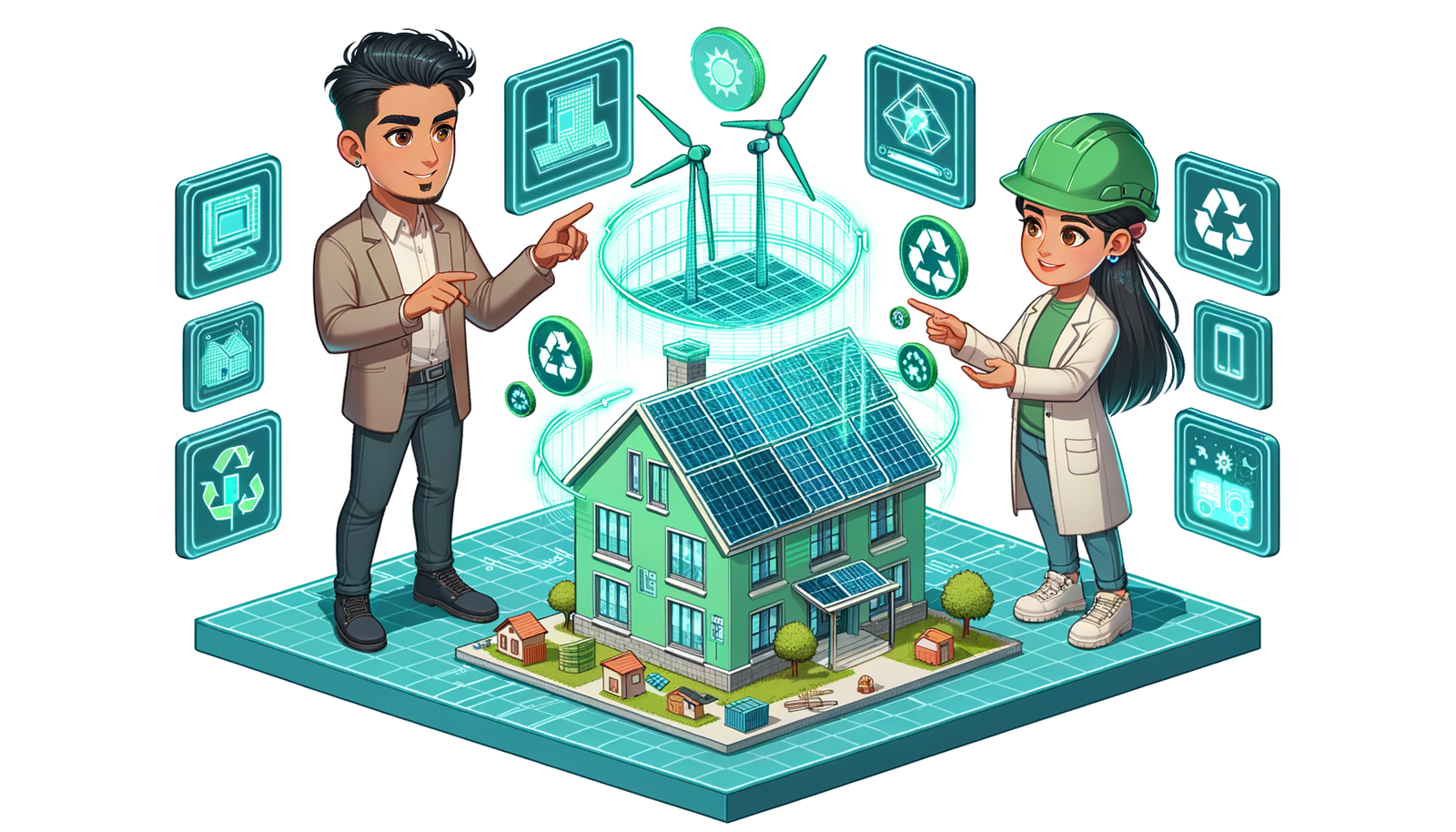Your Cart is Empty
Customer Testimonials
-
"Great customer service. The folks at Novedge were super helpful in navigating a somewhat complicated order including software upgrades and serial numbers in various stages of inactivity. They were friendly and helpful throughout the process.."
Ruben Ruckmark
"Quick & very helpful. We have been using Novedge for years and are very happy with their quick service when we need to make a purchase and excellent support resolving any issues."
Will Woodson
"Scott is the best. He reminds me about subscriptions dates, guides me in the correct direction for updates. He always responds promptly to me. He is literally the reason I continue to work with Novedge and will do so in the future."
Edward Mchugh
"Calvin Lok is “the man”. After my purchase of Sketchup 2021, he called me and provided step-by-step instructions to ease me through difficulties I was having with the setup of my new software."
Mike Borzage
Tutorial: Discover the V-Ray Profiler Tool in V-Ray for Maya
August 24, 2023 1 min read

The V-Ray Profiler is an incredibly powerful tool that can help you identify areas of your scene that are taking longer to render. In this step-by-step guide, we will explore the V-Ray Profiler tool and how it can be used to determine parts of a scene that take longer to render, and how you can optimize these elements to speed up the rendering process.
First, enable the V-Ray Profiler through the Render Settings window. From here, you will need to set your render mode (Progressive or Bucket) as well as track trace depth with the max step slider in the System rollout menu. Once these settings have been adjusted, it's time to start examining pre-rendering components such as plugin initialization, geometry compilation, and building light cache, which could be optimized further if needed. When optimizing a scene for faster render times with V-Ray Profiler, there are a few key areas that should be focused on: reducing geometry poly count, adjusting computationally expensive shaders such as opacity maps, managing texture size, enabling adaptive sampling where possible, controlling ray depth levels, optimizing materials by avoiding unnecessary features or parameters, and balancing texture resolution with shader complexity, etc. By following these steps carefully and making changes accordingly, you should see an improvement in overall rendering performance without sacrificing image quality or detail.
Also in Design News

Advancing Sustainable Design: The Role of Eco-Friendly Software in Architecture and Engineering
May 11, 2025 5 min read
Read More
ZBrush Tip: Mastering the Displace Noise Brush for Enhanced Detailing in ZBrush
May 11, 2025 2 min read
Read MoreSubscribe
Sign up to get the latest on sales, new releases and more …



